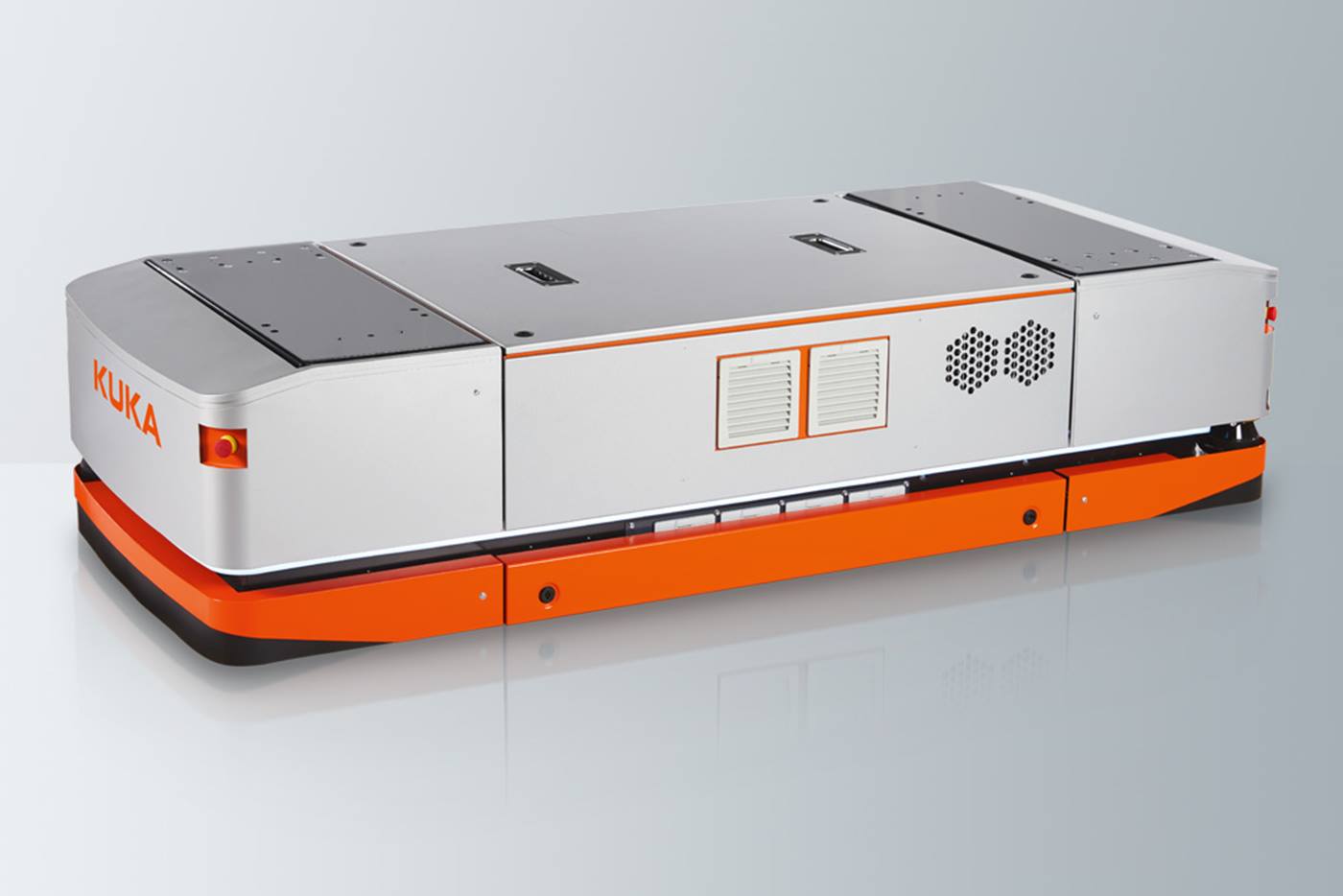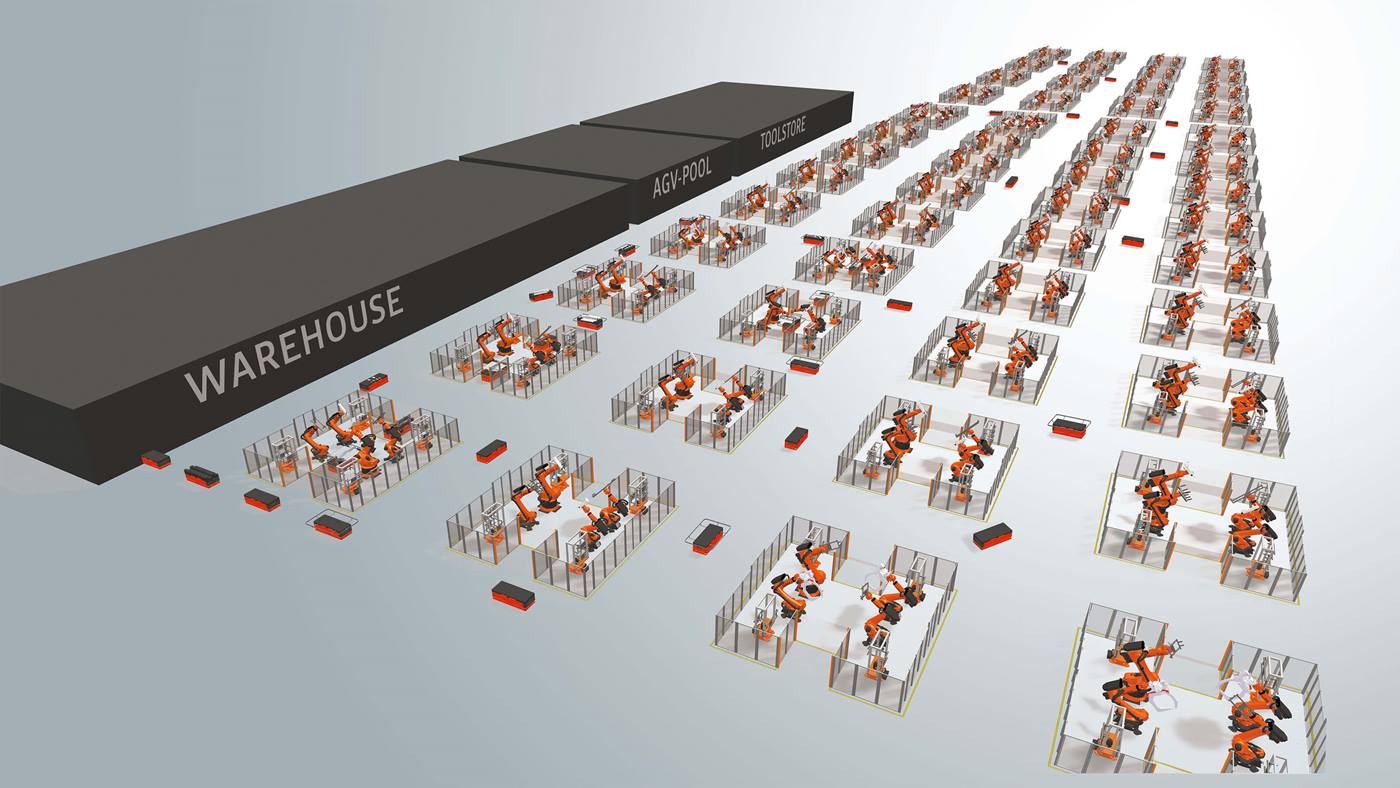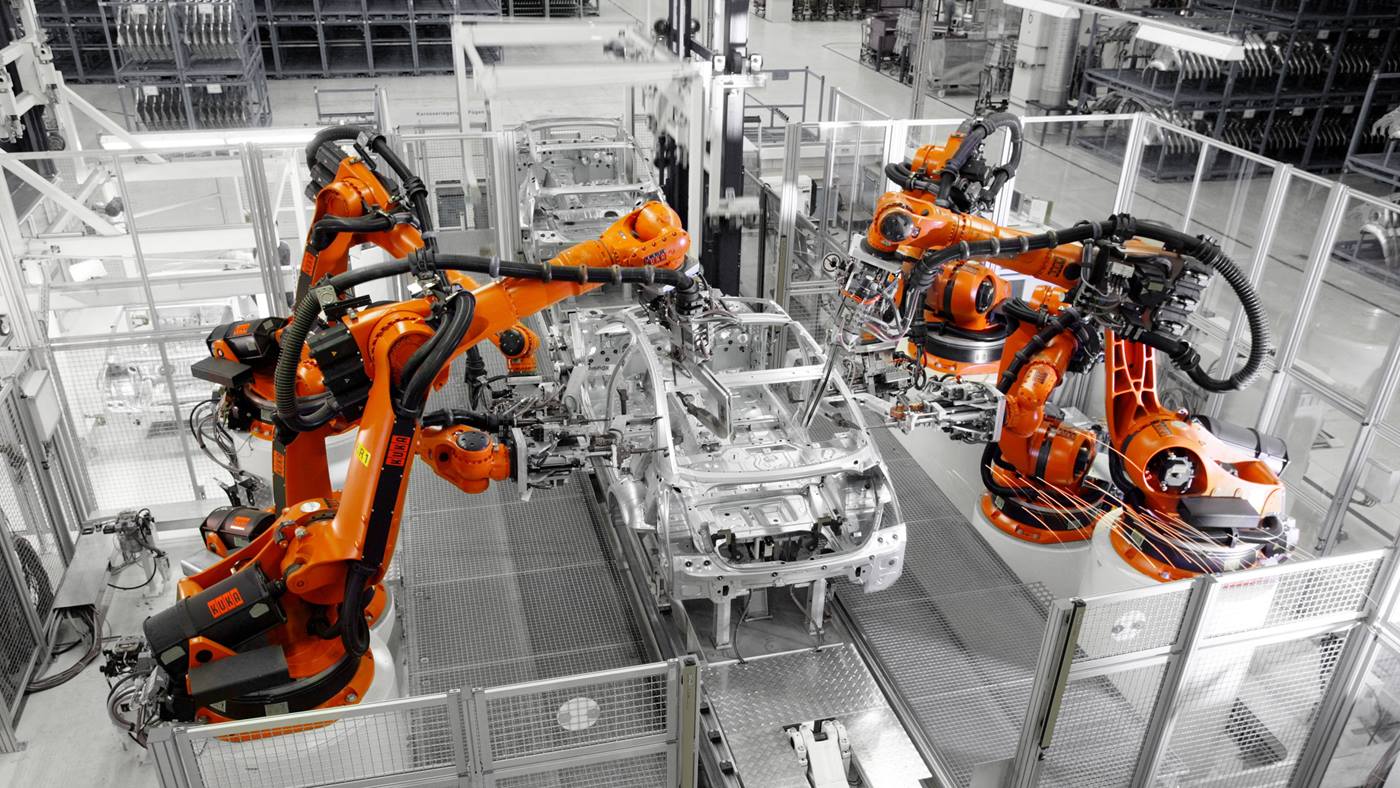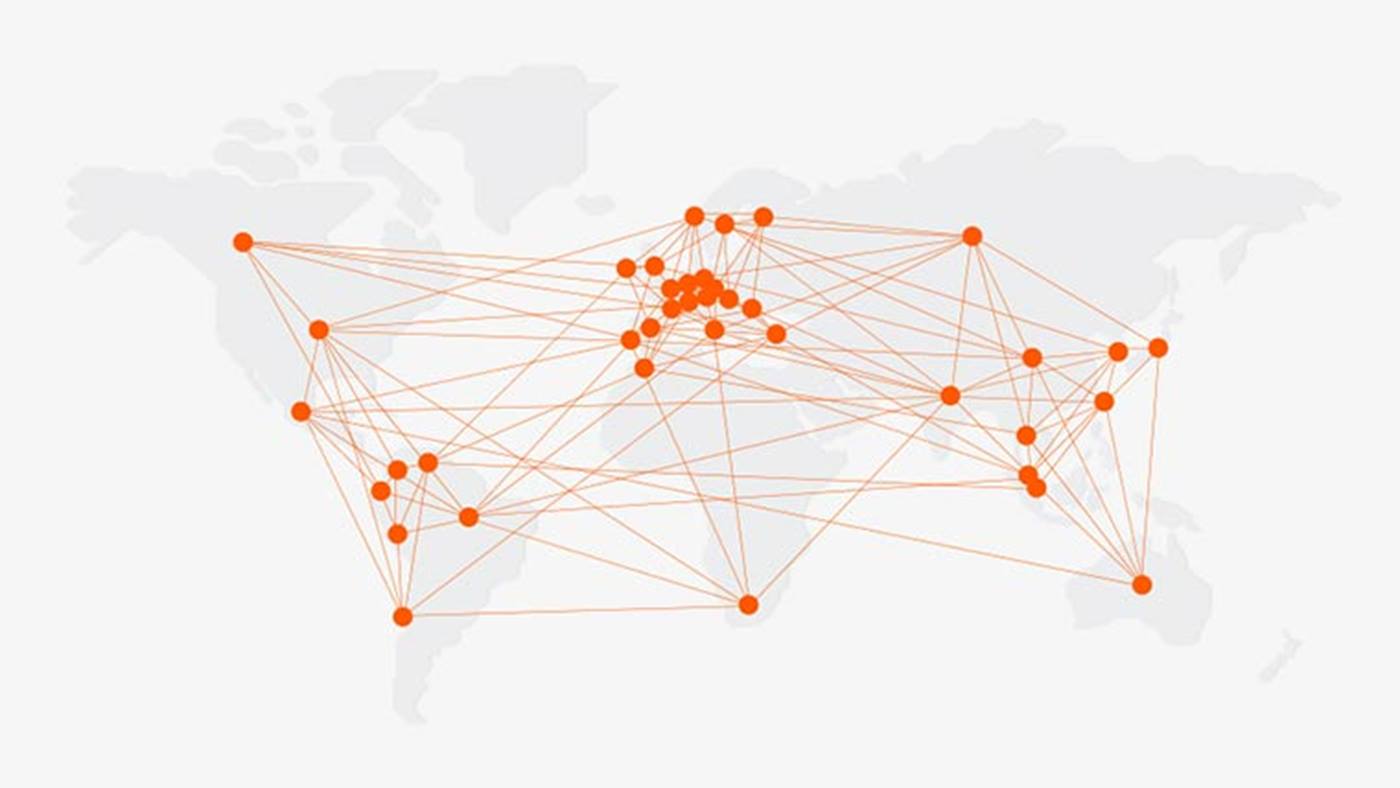Smart factories require smart processes and technologies
In the context of Industrie 4.0 and the increasing automation and digitization in production shops, radio frequency identification (RFID) is also gaining importance. The reason: intelligent production is only possible if robots, tools, grippers and workpieces can be digitally identified and information can be exchanged.











